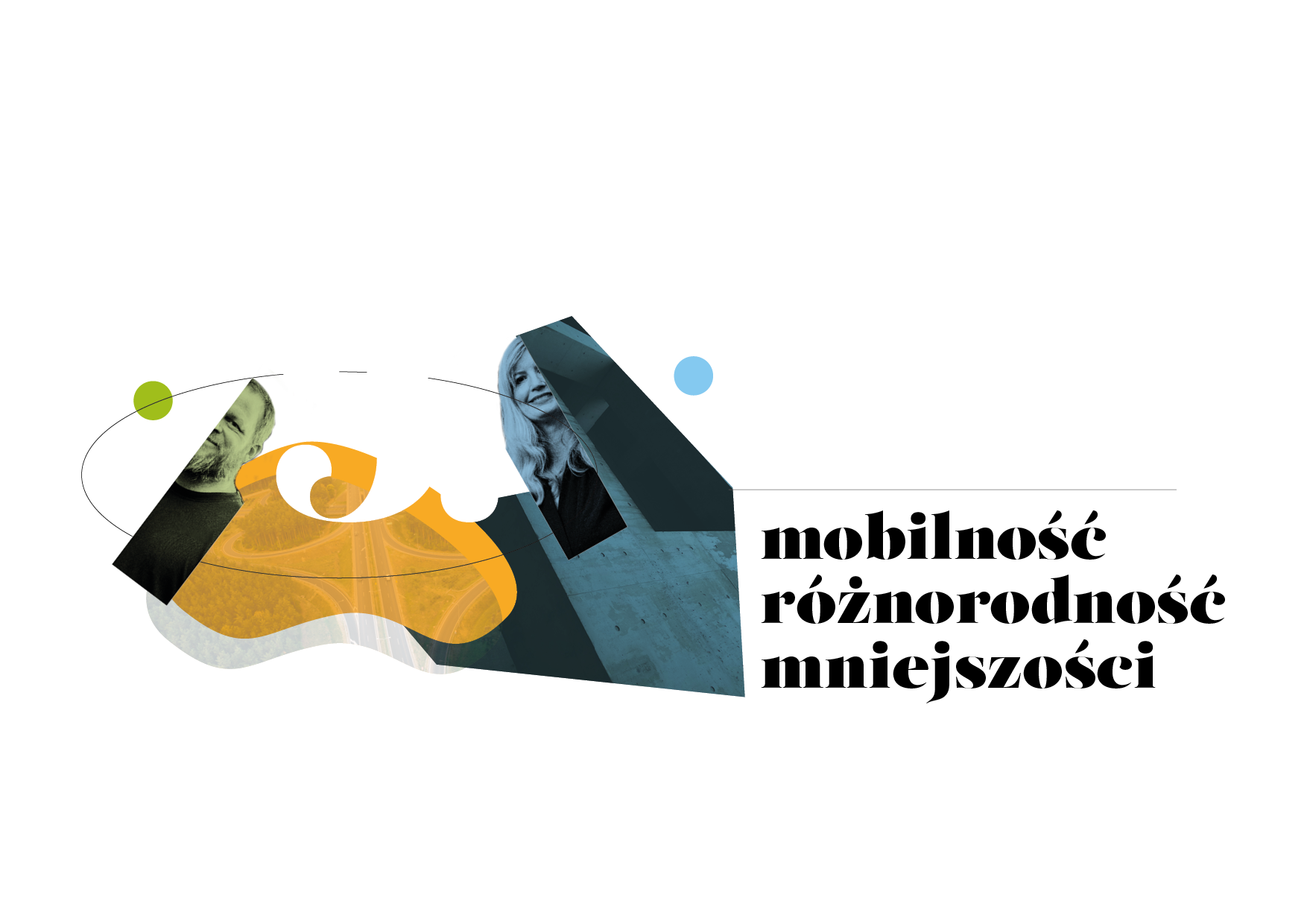Only very recently has Poland (apparently) undergone the ‘migration transition’, becoming a ‘country of immigration’. The wave of labour migration from Ukraine since c. 2014, initially mostly short-term and circular, is increasingly turning into migration for settlement, and migrants of other nationalities are also becoming more numerous. Some of the Ukrainian refugees who arrived in Poland in March 2022 will also settle. As more non-Polish/half-Polish families settle and bring up their children in Poland, Polish society is becoming more diverse. In some respects this can be conceptualised as multiculturalism, in the sense of ethno-cultural diversity. Linguistic diversity is an objective reality and the language barriers experienced by migrants to Poland probably deserve more attention. Multiculturalism in the sense of a project or policy which is respectful of migrants – for example as enacted by city administrations in Gdańsk and Wrocław – also has a ‘cultural’ component in the sense that it is interwoven with a particular attitude towards Polish history, celebrating pre-World War II diversity.
Multiculturalism as a policy based on the premise that everyone’s ‘culture’ possesses equal merit remains essential in a world where all too often migrants are assumed to ‘live within certain cultures’, ‘bring cultures with them’ or ‘live in ethnic communities’. Migrants apparently cannot escape being ascribed certain identities linked to supposed ethnic or national traits. The concept of ethnic hierarchies is useful for scholars seeking to understand how receiving societies view and behave towards migrants – more helpful perhaps than ‘multiculturalism’, which is too ‘flat’ and implies nothing about power relationships. In other respects as well, ‘multiculturalism’ is not the most helpful lens for understanding Poland’s and other countries’ migration transitions. Empirically, a focus on ethno-cultural diversity can hide the fact that often other identities – such as migrant, local or worker identities – are often more salient than ‘culture’. In the case of the 2022 Ukrainian refugee flow to Poland, the refugees’ identities as mothers and children are arguably more important in the Polish public imagination than their identities as Ukrainians. These non-ethnic social identities are shared between migrants of various nationalities as well as with Poles. The paper will illustrate these points with interview material from my project ‘Poland as a country of “immigration” and “emigration”, which examines Poland’s migration transition in three medium-sized cities – Kalisz, Piła and Płock. Medium-sized cities are interesting places to study the migration transition since they are favoured by many parents as good places to bring up children, and therefore migration for settlement is particularly likely to occur.

